Species Photo Gallery for Omolicna joi Florida Palm Derbid 13 |
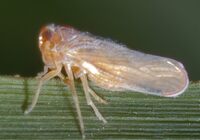 | Photo by: Brandon Best
Dare Co.
Comment: |  | Photo by: Brandon Best
Dare Co.
Comment: |
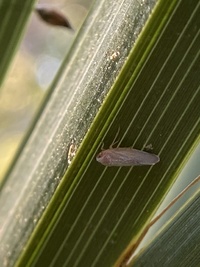 | Photo by: Avery Joyce
Dare Co.
Comment: |  | Photo by: Avery Joyce
Dare Co.
Comment: |
 | Photo by: Avery Joyce
Dare Co.
Comment: | 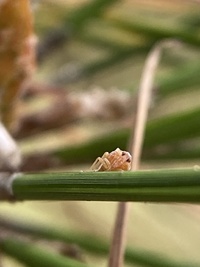 | Photo by: Avery Joyce
Dare Co.
Comment: |
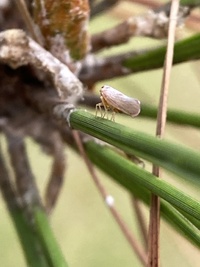 | Photo by: Avery Joyce
Dare Co.
Comment: | 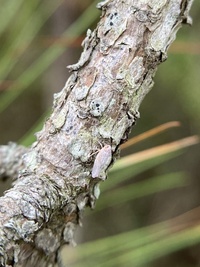 | Photo by: Avery Joyce
Dare Co.
Comment: |
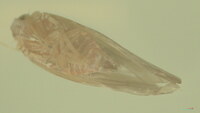 | Photo by: Avery Joyce
Dare Co.
Comment: found at least 3 different individuals, two on a pine tree and one on a palmetto plant - unid_planthopper |  | Photo by: Avery Joyce
Dare Co.
Comment: found at least 3 different individuals, two on a pine tree and one on a palmetto plant - unid_planthopper |
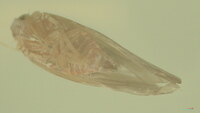 | Photo by: Avery Joyce
Dare Co.
Comment: found at least 3 different individuals, two on a pine tree and one on a palmetto plant - unid_planthopper |  | Photo by: Avery Joyce
Dare Co.
Comment: found at least 3 different individuals, two on a pine tree and one on a palmetto plant - unid_planthopper |
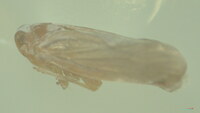 | Photo by: Avery Joyce
Dare Co.
Comment: found at least 3 different individuals, two on a pine tree and one on a palmetto plant - unid_planthopper |

 »
»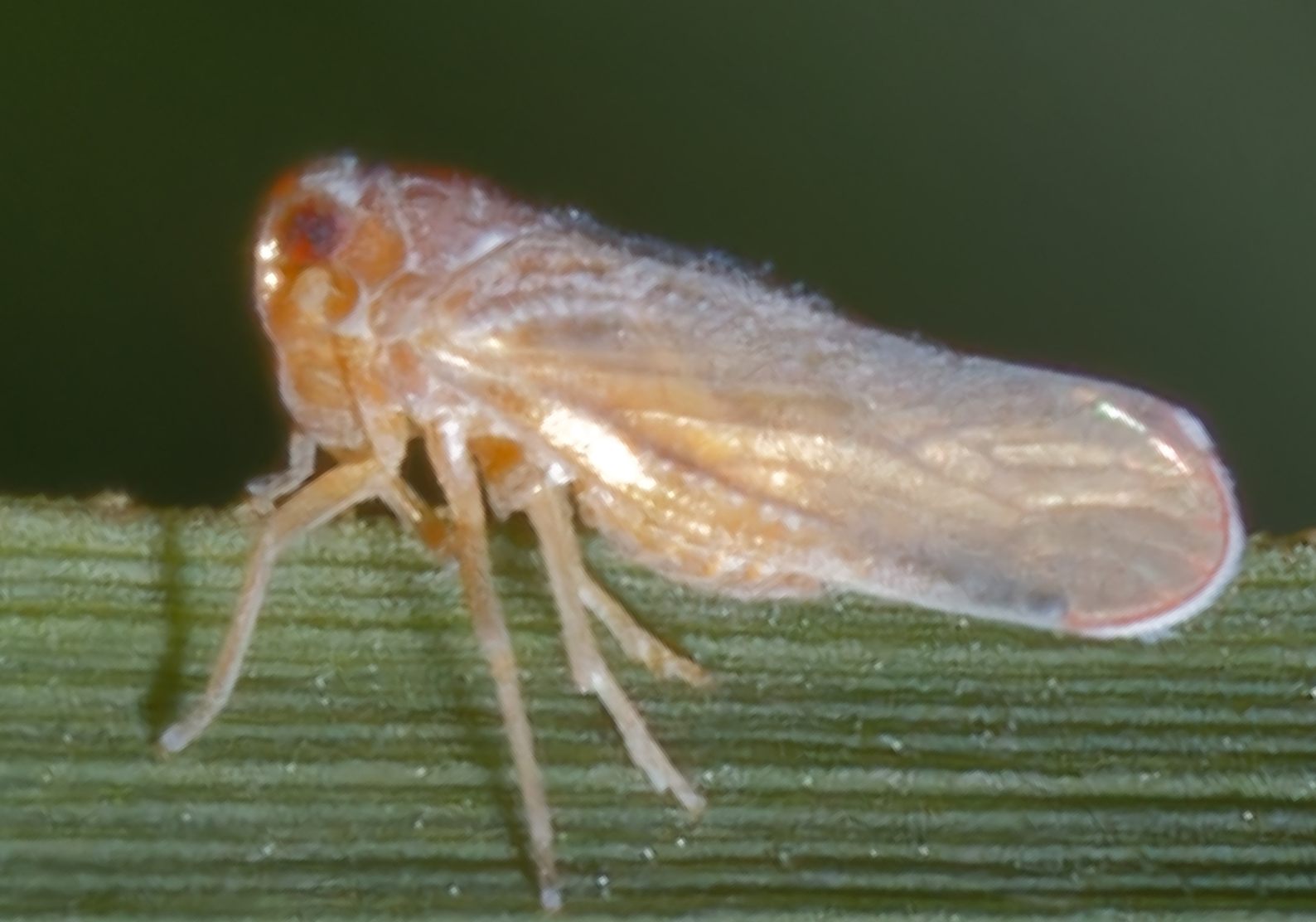

 »
»